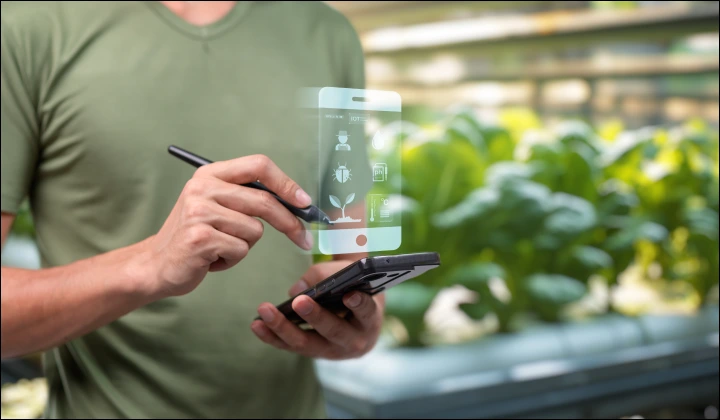Why Climate Control is Now Core to Smart Farming Products?
Across Europe, greenhouses are stepping into a new role. They’re becoming dynamic, responsive environments – fine-tuned for yield optimization, sustainability, and compliance. Climate control systems inside them are evolving from process-based mechanisms to intelligent platforms.
For AgriTech ISVs building SaaS, analytics dashboards, or full-stack automation products, climate control systems bring a tangible, high-impact layer to own. Retailers want traceability. Farmers want outcome-based control. Governments are rewarding energy-efficient and water-wise operations.
The space is wide open, and ISVs are in the right spot to lead.



 20 mins
20 mins






 Talk to Our
Consultants
Talk to Our
Consultants Chat with
Our Experts
Chat with
Our Experts Write us
an Email
Write us
an Email





